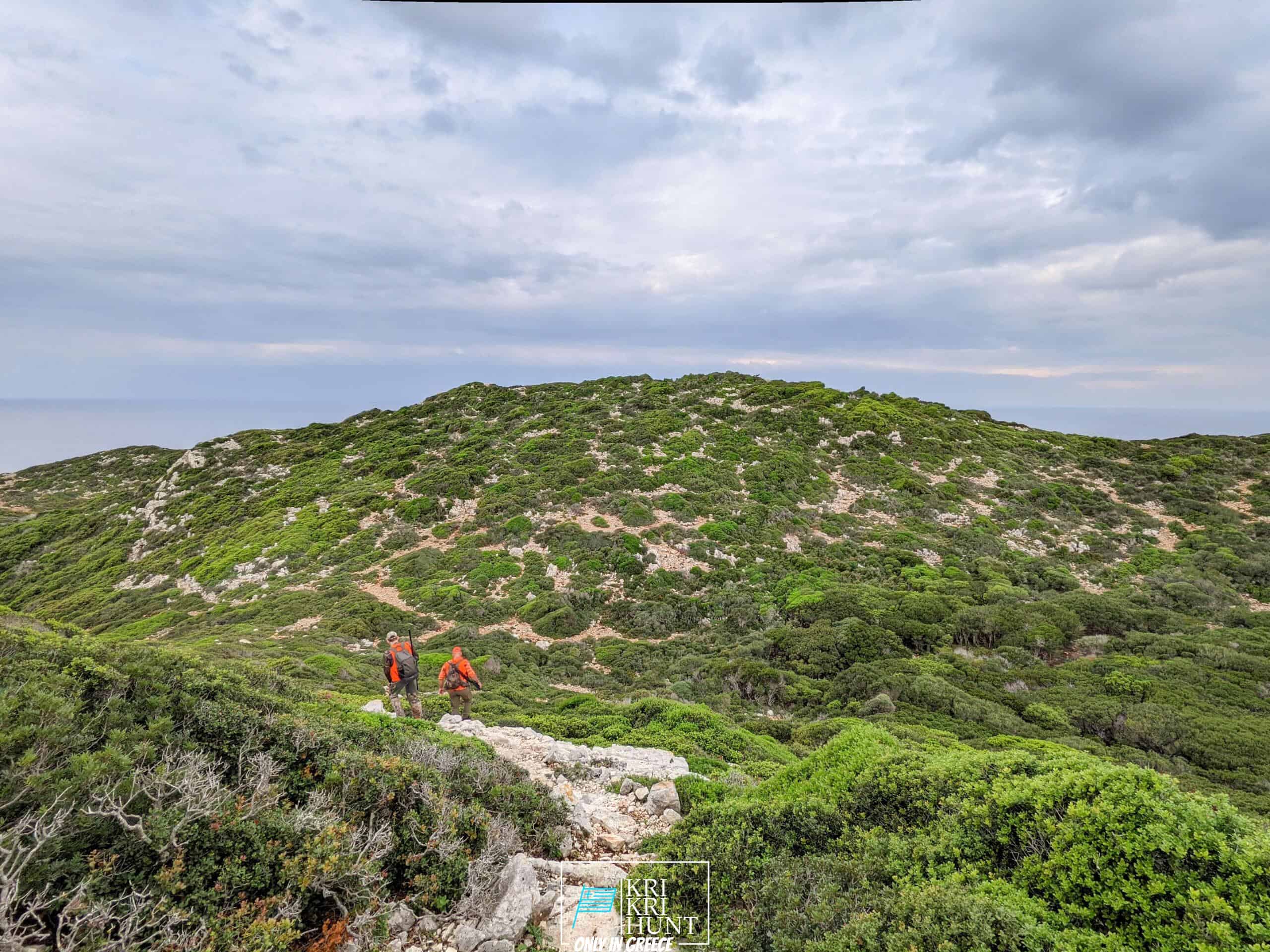Kri kri ibex hunting in Greece
Kri kri ibex hunting in Greece
Blog Article

The Peloponnese peninsula on the Greek Mainland is typically referred to as the 'genuine' Greece. This is because it has handled to stay reasonably unblemished by mass tourist and also keeps much of its typical beauty. If you're trying to find a genuine Greek experience, after that Peloponnese is the area for you. As well as what better means to discover this stunning region than on among our outside searching, angling, and also free diving scenic tours?

Greece is a beautiful country with plenty of possibilities for tourists. There are spectacular coastlines, old damages, and tasty food to delight in. On top of that, there are many tasks available such as biking, hiking, and snowboarding. Greece is the excellent destination for any person searching for a getaway filled with adventure and also enjoyment.
The first thing you will observe when you arrive in the Peloponnese peninsula is the stunningly lovely landscape. The hills, forests, rivers, and also lakes make this location a nature fan's paradise. There are also plenty of opportunities for treking, angling, swimming, and also various other exterior activities. The Peloponnese peninsula is not just concerning its natural appeal; there are additionally numerous historic as well as social websites to explore. Don't neglect likewise angling, free-diving and also hunting. Some of one of the most prominent traveler destinations in the Peloponnese include old Olympia, Epidaurus, Mycenae, as well as Sparta. These destinations supply an interesting glimpse right into Greece's rich background as well as culture. If you have an interest in finding out more concerning Greek mythology, then you will certainly intend to see Mount Olympus, home of the 12 Olympian gods. Obviously, no journey to Greece would certainly be complete without trying several of the delicious food. The Peloponnese peninsula is home to several of the best olive oil worldwide in addition to feta cheese, olives, honey, and white wine. Ensure to try a few of the local specialties such as dolma (packed grape leaves), Souvlaki (barbequed meat skewers), and Gyro (meat wrapped in pita bread).
If you're looking for an authentic Greek experience, then look no further than our outdoor hunting in Greece with angling, as well as complimentary diving scenic tours of Peloponnese. This is an unforgettable way to see every little thing that this incredible area has to use. Reserve your trip today!
What is the diference between Kri Kri ibex, Bezoar ibex and hybrid ibex
The kri-kri is not thought to be indigenous to Crete, most likely having been imported to the island during the time of the Minoan civilization. Nevertheless, it is found nowhere else and is therefore endemic to Crete. It was common throughout the Aegean but the peaks of the 8,000 ft (2,400 m) White Mountains of Western Crete are their last strongholds–particularly a series of almost vertical 3,000 ft (900 m) cliffs called ‘the Untrodden’—at the head of the Samaria Gorge. This mountain range, which hosts another 14 endemic animal species, is protected as a UNESCO Biosphere Reserve. In total, their range extends to the White Mountains, the Samaria National Forest and the islets of Dia, Thodorou, and Agii Pandes.
This Ibex is NOT a diminutive form of the Bezoar Ibex, which has migrated into the western-most reach of the range of this species. The kri – kri (Capra aegagrus cretica), sometimes called the Cretan goat, Agrimi, or Cretan Ibex, is a feral goat inhabiting the Eastern Mediterranean, previously considered a subspecies of wild goat. The kri-kri has a light brownish coat with a darker band around its neck. It has two horns that sweep back from the head. In the wild they are shy and avoid tourists, resting during the day. The animal can leap some distance or climb seemingly sheer cliffs.
“The agrimi goat Capra aegagrus cretica is unique to Crete and its offshore islands. It has been identi®ed as a sub-species of the wild bezoar goat Capra aegagrus aegagrus Erxleben, 1777, which it closely resembles in horn shape, body form and coloration. This classi®cation has been disputed by some researchers who claim that the agrimi are feral goats, derived from early domestic stock brought to the island by the ®rst Neolithic settlers. In order to clarify this issue, DNA analyses (cytochrome b and D loop sequences) were carried out on tissue of live and skeletonized agrimi and compared to sequences of wild and domestic caprines. Results conclusively show the agrimi to be a feral animal, that clades with domestic goats (Capra hircus) rather than with wild Asiatic bezoar. This study demonstrates that morphometric criteria do not necessarily re¯ect genetic af®nities, and that the taxonomic classi®cation of agrimi should be revised.”
Report this page